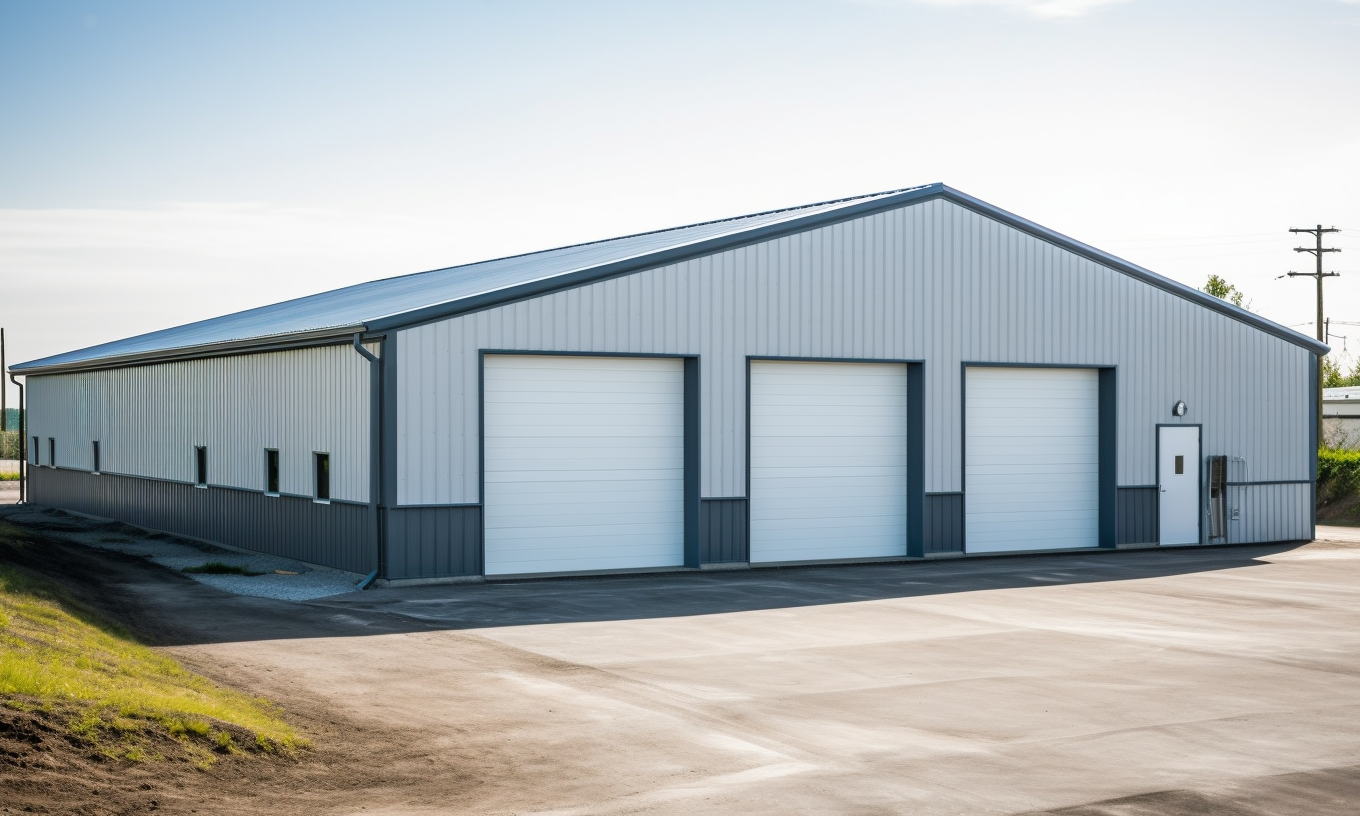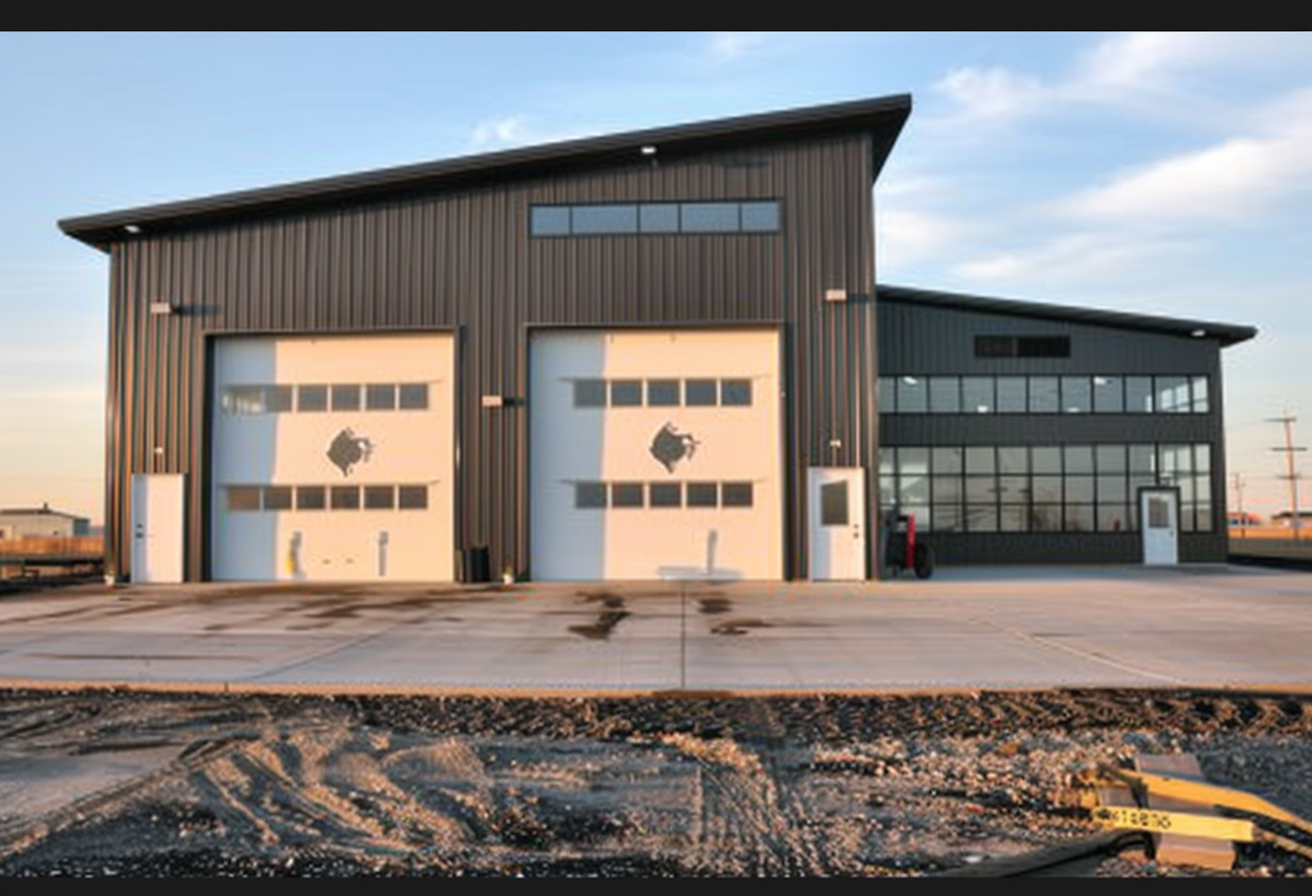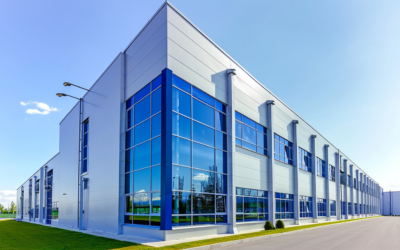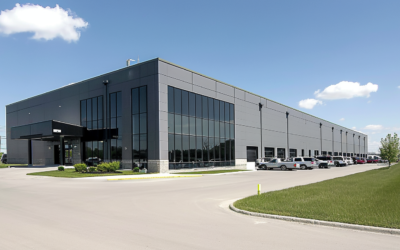Introduction
Are you planning to build a commercial property or residential structure in Ontario? If so, one of the critical decisions you’ll confront is choosing between steel or brick materials. The discussion often leads to a price comparison of steel vs traditional buildings in Ontario. With the green trend continuing to grow in the construction sector, builders are increasingly considering a move from traditional brick and mortar buildings to more sustainable Ontario Steel Buildings. But how do the costs stack up? And what benefits can Ontario builders hope to achieve by using steel?
Steel vs Brick: The Cost Factor
Every construction project begins with a budget. Naturally, the question that pops up is often, how much is a metal building? The answer lies in the detailed understanding of steel and brick construction materials concerning price.
Price of Steel Buildings
When looking at the cost of steel buildings, it is essential to analyze both the initial and long-term costs. For instance, how much is a 50×50 metal building? Typically, steel buildings range from $20-$40 per square foot for basic structures. More complex designs and additional features may increase this cost. However, steel buildings offer considerable savings in the long run due to lower maintenance costs and greater durability.

Price of Brick Buildings
Compared to steel, brick buildings have a higher initial cost due to labour-intensive processes and additional materials like mortar. A typical brick building could range from $25-$50 per square foot. Additionally, brick buildings have higher long-term costs due to maintenance and repairs.
A Comparative Look at Brick and Steel Buildings beyond the Price Tag
While the price comparison of steel vs traditional buildings in Ontario provides a baseline for financial decision-making, it is essential to consider additional factors which could impact the project’s cost-efficiency.
Sustainability and Ontario’s Environment And Energy Landscapes
When you consider the environmental impact, steel emerges as the clear winner. Made of recyclable materials, steel buildings are sustainable and leave a lower carbon footprint, aligning with Ontario’s environment and energy landscapes.
Durability and Maintenance
Steel buildings are resistant to termite infestations, mould, cracking, and more. This robustness results in lower maintenance expenses in the long run, unlike brick buildings, which require periodic maintenance and are susceptible to environmental wear and tear.
Flexibility and Customizability
The customizability of steel buildings is another aspect where steel comes out ahead. The flexibility of steel allows for more innovative designs and adaptable spaces, accommodating future renovations and adjustments.
Conclusion
Overall, when you factor in the price comparison of steel vs traditional buildings in Ontario alongside environmental considerations, durability, and flexibility, steel buildings offer a highly cost-effective solution. Not only do they provide initial cost savings, but their long-term benefits also make them a wise investment for builders seeking to align with today’s emerging green and sustainable trends. It is clear that steel, with all its strengths, provides a robust, adaptable, and eco-friendly solution for Ontario builders.





